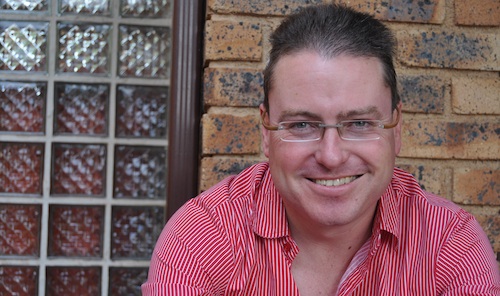
[By Duncan McLeod]
A Sandton hotel played host to a conference last week on “white-spaces spectrum”. For nontechnical people, it was a fairly arcane discussion. But what was being talked about could usher in the biggest revolution in telecommunications since the mobile phone.
Next time you’re tuning a television set into terrestrial broadcasts, pause and think about the snowy picture you get before it latches onto the stations you’re looking for. What you’re seeing — in many cases — are the “guard bands” between analogue channels, established to prevent interference between different broadcasts.
Now technology has advanced to the point where wireless broadband providers believe they can use these guard bands — these gaps between television channels — to offer telecoms services.
And there’s a growing lobby — in the US, Europe and elsewhere — to make this spectrum available on a licence-exempt basis to anyone. Already, UK regulator Ofcom is overseeing field trials in Scotland and Cambridge. Ofcom is keen to move ahead with opening up the white spaces by next year.
There are a number of reasons to be exceptionally excited about this. Firstly, the spectrum is ideally suited to providing broadband in rural areas, which haven’t been adequately served by the large, licensed telecoms operators. Secondly, and arguably more importantly, making this spectrum available to anyone who wants to use it could spur untold innovation in the technology industry.
Consider the incredible innovation that’s taken place around the 2,4GHz band, which is also licence-exempt in most of the world. Opening this band led to the widespread adoption of Wi-Fi, among other technologies. As one delegate at last week’s conference said, no one in their right mind would buy a laptop computer or smartphone without integrated Wi-Fi. It’s changed the way we work.
So imagine what opening up the vast chunks of spectrum in the VHF and UHF bands could achieve. Some broadcasters, not surprisingly, are already crying foul, warning of interference between telecoms operators and television signals. And their concerns do need to be taken into consideration. But opening up white-spaces spectrum mustn’t be held back by endless field trials.
So far signs are good that SA could be an early leader. The Independent Communications Authority of SA has said it’s keen for a trial, and Google has said it’s keen to provide financial and technical support.
The presence of senior Google and Microsoft representatives at the Sandton conference shows how seriously the tech giants are taking this opportunity. Icasa and government cannot be allowed to dawdle in formulating the necessary policies and regulations.
White-spaces spectrum, used in conjunction with something called “super Wi-Fi” — better known to the engineering types as the IEEE 802.22 standard — has the potential to bring fast Internet access to areas that were previously regarded as uneconomical. Using “cognitive” radio techniques, the technology promises devices that can access spectrum without causing interference with terrestrial broadcasters.
Henk Kleynhans, an outspoken proponent of white-spaces spectrum, says it will boost entrepreneurship, innovation and technology skills development. More importantly, it promises a way, for the first time, to bridge the digital divide. Its importance cannot be understated.
Often, SA entrepreneurs are ready and willing to lead from the front when it comes to technology innovation, only to be thwarted by slow policy and regulatory decision-making.
Opening up white-spaces spectrum is of paramount importance. It would be unfortunate if red tape and indecision hold back the country’s innovators.
- Duncan McLeod is editor of TechCentral; this column is also published in Financial Mail
- Read more columns by McLeod
- Subscribe to our free daily newsletter
- Follow us on Twitter or on Facebook




